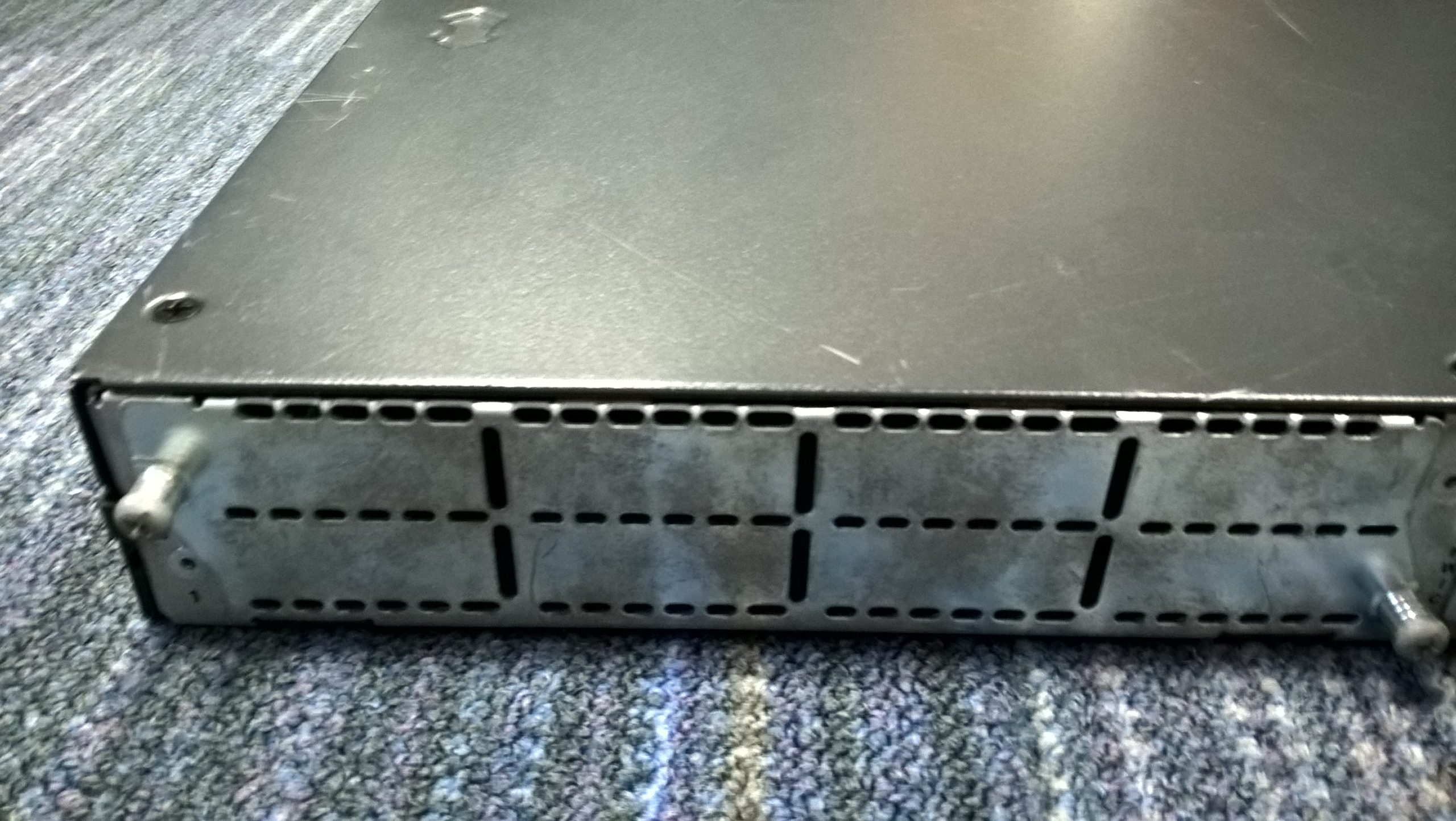Navigating USB Issues: When Your Device Might Be Infected
Have you ever experienced a tense moment when plugging in a USB drive, only to be met with a sudden, alarming notification from your antivirus software? This situation can be disconcerting, especially if it involves a severe threat alert from Windows Defender.
Recently, I encountered such a scenario. After inserting my USB drive into my computer, I noticed that it took longer than usual to access the contents. To pass the time, I started working on other tasks. Moments later, Windows Defender alerted me to a potential threat associated with my USB drive.
Prior to this incident, I had also encountered difficulties while using the same USB at my school. During that experience, my files became hidden and altered, appearing with a “.lmk” extension – a frustrating glitch that gave the impression that all my data was lost. Thankfully, I was able to resolve that issue by executing a few commands in the Command Prompt to restore the files.
However, this latest situation felt different. I had loaned my USB drive to friends at school, trusting them entirely as I believed they wouldn’t unknowingly infect it with malware. But I couldn’t shake off the concern that the school computers might harbor undetected viruses or malware that could pose a risk whenever a USB drive was connected.
After this unsettling experience, I decided to take immediate precautions. I disconnected my USB WiFi dongle to cut off internet access, allowing me to address the potential threat more safely.
I’m sharing this post as a way to seek advice and explore whether others have faced similar challenges. It’s essential to stay cautious about USB usage, especially on shared or public computers. If you’ve encountered issues with USB drives, I’d love to hear your stories and solutions!
Share this content:




Thank you for sharing your detailed experience. Dealing with potential malware infections via USB drives can indeed be challenging and concerning. Here are some steps you can take to mitigate such risks and ensure your system’s safety: